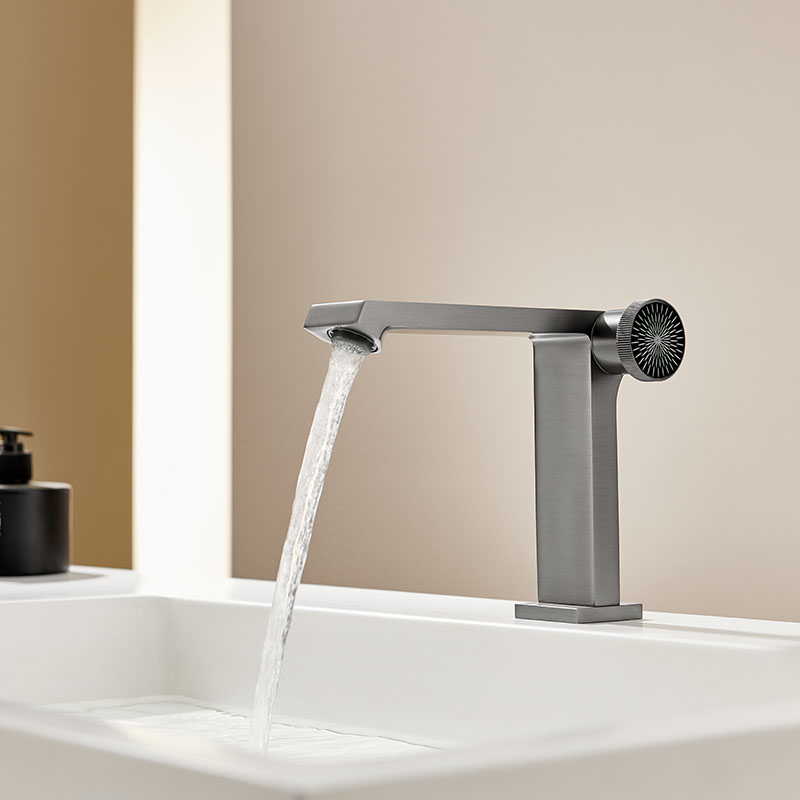Discussion on The Operation Mode And Channel Layout Of Cross-Border E-Commerce in The Bathroom Industry
Against the background of the continuous rise in the penetration rate of global e-commerce, the bathroom industry is accelerating to break through geographical restrictions through cross-border e-commerce and explore emerging markets. According to Statista data, the scale of global bathroom cross-border e-commerce transactions will exceed US$20 billion in 2023, with an annual growth rate of 25%, among which the growth of smart toilets, water-saving faucets and other categories is particularly significant. However, bathroom products face unique challenges in the process of cross-border export due to their large size, high logistics costs, and strong installation dependence.
1. The three core operation modes of cross-border e-commerce
B2B platform wholesale mode
Relying on platforms such as Alibaba International Station and Global Sources, it focuses on overseas distributors and engineering customers. This model is suitable for OEM/ODM companies with large-scale production capabilities, and meets customization needs through the "small order fast response" strategy.
B2C platform retail model
Hot-selling strategy: Focus on lightweight products such as smart toilet lids and punch-free showers, and reduce the average logistics cost from 35% to 20%;
Localization compliance: Solve the EU and North American market access issues through CE and NSF certification. A certain brand of smart toilets is shipped directly through Amazon FBA warehouses, and the return rate is controlled below 3%.
DTC independent station model
Self-built brand independent station, combined with Google Ads and social media traffic. The core advantage lies in the accumulation of data assets and the construction of brand premium. A Hangzhou company sells designer bathroom cabinets through an independent station, with a customer unit price of US$1,200 and a repurchase rate of 25%, and optimizes the product line through user behavior data.

2. Four key strategies for channel layout
Regional market penetration
Mature market: Focus on high-end smart bathroom, achieve 3-day delivery through local warehouses, and outsource installation services to local partners;
Emerging market: Enter with cost-effective products, quickly increase volume with the help of regional platforms such as Lazada and Noon, and improve conversion rate by designing with religious culture.
Multi-platform matrix collaboration
Amazon is responsible for traffic harvesting: Use A+ pages and vine plans to create explosive products;
Independent station precipitates brand users: Improve LTV through membership system and email marketing;
Local platform covers long-tail market: Launch Spanish customized pages for the South American market, and increase conversion rate by 40%.
Content marketing drives brand awareness
Short video scene planting: Launch #SmartBathroomChallenge on TikTok to show the beauty function of smart mirror cabinets. The single video playback volume exceeded 100 million, driving the independent station traffic surge by 300%;
In-depth cooperation with KOL: Jointly develop bathroom renovation plans with home improvement bloggers, and embed product links in YouTube videos, with an ROI of 1:5.
Supply chain and logistics innovation
Cross-border dedicated line + overseas warehouse: Through the first leg of sea transportation + overseas warehouse stocking, the logistics time is shortened from 45 days to 5 days, and the freight cost is reduced by 35%;
Modular packaging design: The bathroom cabinet is split into flat packaging, the volume is reduced by 60%, and the damage rate is reduced from 8% to 0.5%.
3. Challenges and breakthrough paths
Trust barriers for high-end single-item products
Solution: Introduce AR virtual installation function, users can scan the code to preview the real-life effect of the bathroom; cooperate with local installation service platforms to provide "order and delivery" service.
After-sales and compliance risks
Intelligent diagnosis system: The smart toilet has a built-in IoT module, remotely diagnoses faults and sends accessories, reducing 60% of after-sales door-to-door needs;
Pre-certification investment: WRAS and CUPC are deployed in advance to avoid customs clearance risks.
Exchange rate and payment risks
Localized payment integration: Support regional payment methods such as Klarna and Pix, and increase conversion rate by 15%;
Application of hedging tools: Use foreign exchange options to lock in exchange rate fluctuations and control exchange losses within 2%.
4. Future Trends: Technology Reshapes the Cross-border Ecosystem
AI Customer Service and Private Domain Operation
GPT-4-driven multilingual customer service robots can handle 90% of after-sales consultations, and push personalized promotional information in combination with WhatsApp private domain communities, increasing repurchase rates by 30%.
Blockchain traceability and green certification
Product carbon footprints are recorded through blockchain to meet EU CBAM requirements, and products with environmental labels have a 20% premium.
Metaverse Exhibition Hall and Virtual Trial
Users can experience the smart toilet function in the Decentraland virtual exhibition hall, and simulate water pressure and temperature with VR technology, shortening the order conversion cycle by 50%.
Cross-border e-commerce competition in the bathroom industry has entered a new stage of "fine operation" and "technology empowerment". Through the dual-wheel drive of "platform + independent station", the deep cultivation of localized supply chain and the application of digital marketing tools, enterprises can not only break through the growth bottleneck of traditional foreign trade, but also establish a brand recognition moat in the global market. In the future, with the deep integration of Web3.0 and sustainable consumption, cross-border e-commerce in bathroom products will continue to evolve in a smarter, greener and more immersive direction, and those who plan ahead will surely gain the upper hand in this global competition.


